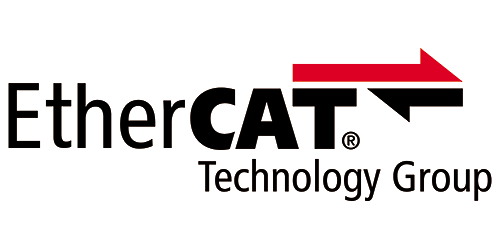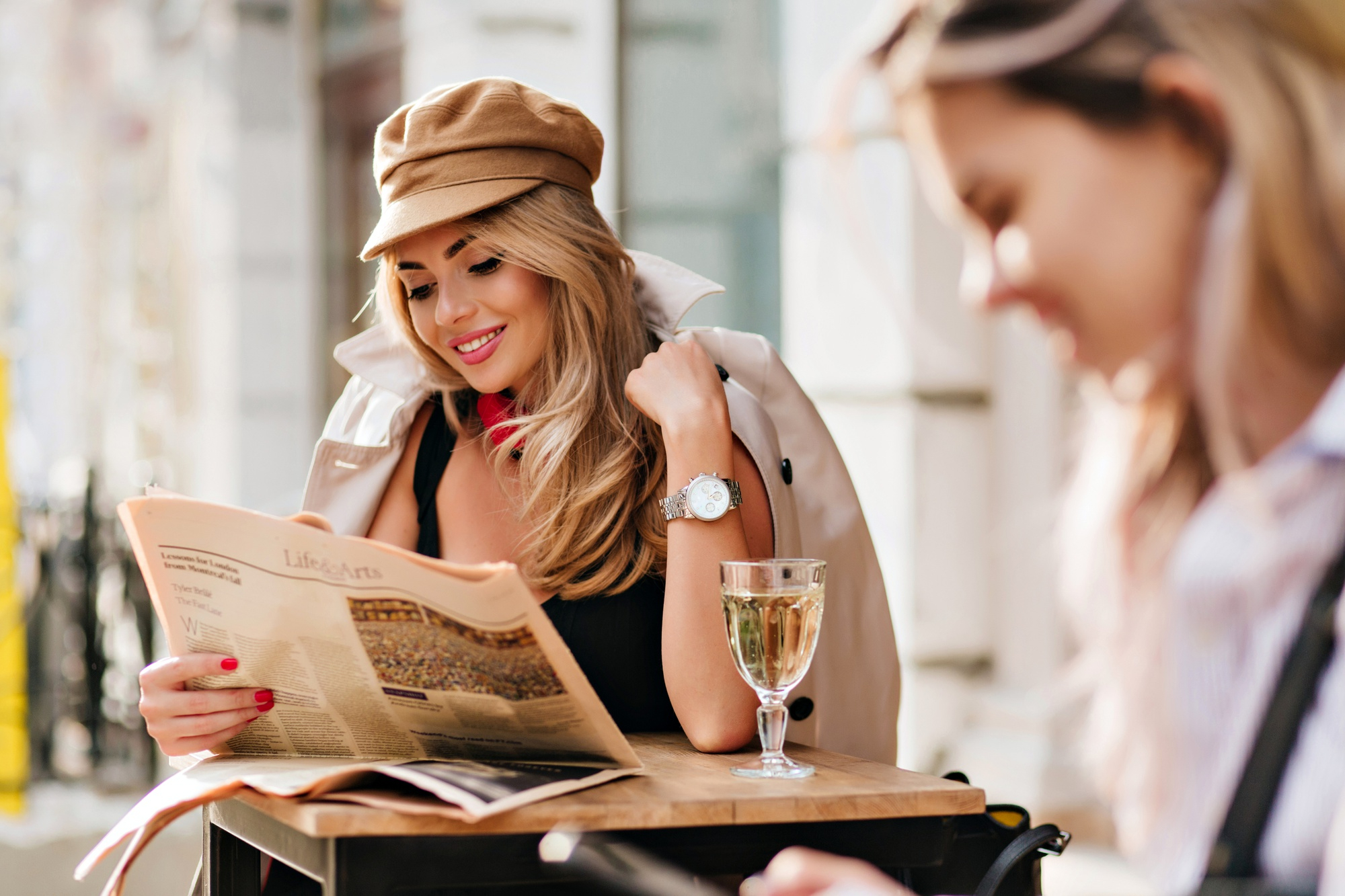FPGA-Based NVMe Accelerator Boosts Digital Radar Research
The Institute of Microwave Engineering (MWT) at University of Ulm has licensed MLE’s NVMe Streamer, an configurable high performance NVMe Full Accelerator.
Says Prof. Dr.-Ing. Christian Waldschmidt, head of the institute:
Adding NVMe SSDs and MLE’s NVMe Streamer solved our need for high speed mass storage. As all came in the form of a reference design, it was easy to integrate in our system. The Standard AXI4 Stream interfaces allow an easy connection to our existing Digital Radar Design. The experts of Missing Link Electronics also helped with the development of a custom carrier board for the AMD Zynq UltraScale+ RFSoC ZCU216, NVMe and 100GbE interfaces.
NVMe (Non-Volatile Memory Express) has become the prominent choice for connecting Solid-State Drives (SSD) when storage read/write bandwidth is key. Electrically, the NVMe protocol operates on top of PCIe; it leaves behind legacy protocols such as AHCI, and thus scales well for performance. Licensing NVMe Streamer from MLE saved time and allowed us to focus on our research in Digital Radars.
Looking for FPGA-based NVMe SSD Acceleration Solution?




















